The end of the harvest - in pictures
Posted by Gavin Quinney on 26th Oct 2016
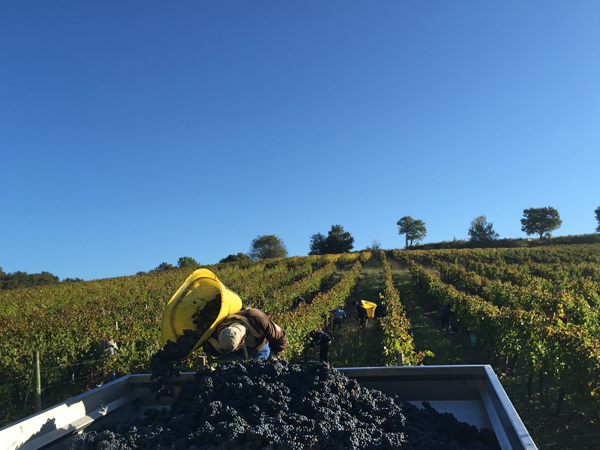
Red harvest by hand - in pictures
The harvest was completed at Bauduc last Friday, 21st October. We picked the remaining block of Cabernet Sauvignon by hand, just as we did when Rick Stein came to film the opening episode of his Long Weekends series for the BBC a year ago. (Where does the time go?)
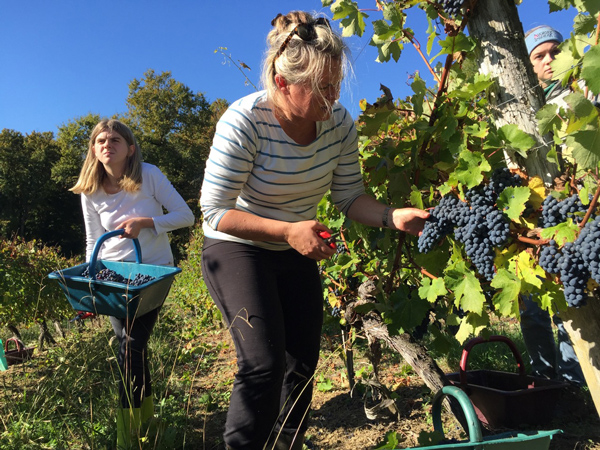
It’s been a long harvest in 2016 and strange to think that the first rows we picked - also by hand - were the 10-year old Semillon vines for our sparkling cremant in the next door field as far back as the 12th September. (Funny, that seems like an age ago.)
We decided to hold off bringing in the late ripening Cabernet until it was properly ripe, and to pick it by hand, just in case any bunches developed any rot which would have to be cut out. There was only a tiny amount of mould as it turned out, as the weather was pretty kind to us right through to the end, and the grapes were in lovely condition.
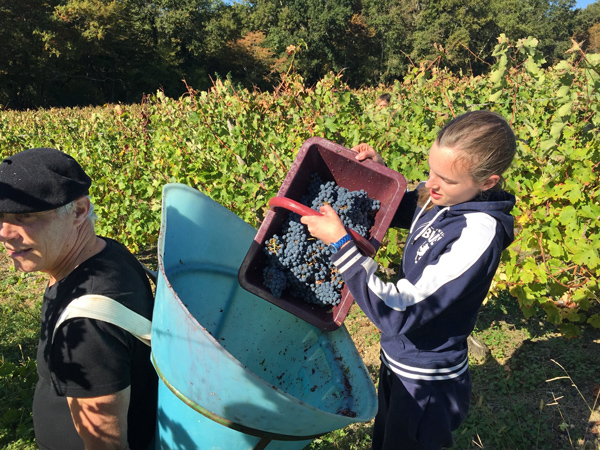
There’s also something about the spirit of the harvest when you pick by hand at the close, especially when the whole family's snipping away with some of the seasonal workers who can see the fruits of a long season’s labour. (’You are too romantic’ wrote our friend Nicky, a fellow vigneronne, on Facebook.)
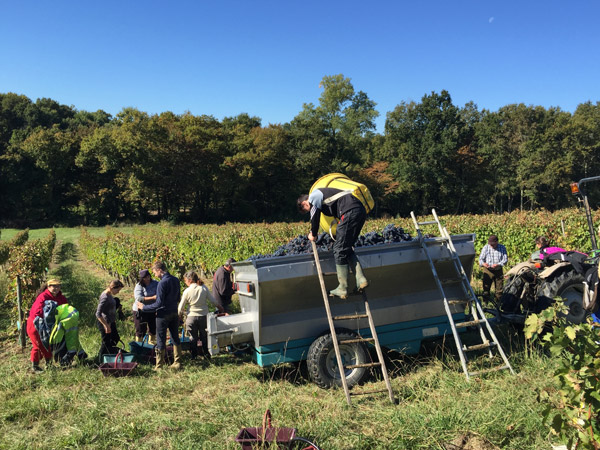
Red harvest by machine - in pictures
We harvested the Merlots, mostly by machine, during the week of 10th October. The grapes looked terrific and one advantage of bringing them in cold by machine at the crack of dawn, is putting them into a chilled stainless steel tank for a cold soak for a few days before starting the fermentation.
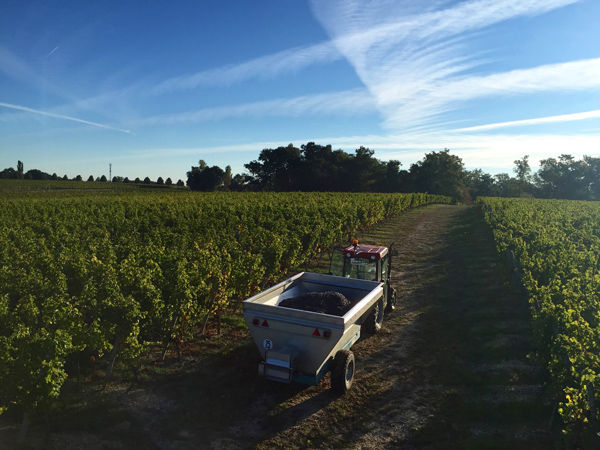
Some of the great chateaux we most admire, such as l’Evangile in Pomerol, Smith Haut Lafitte in Pessac-Leognan and Malescot St-Exupery in Margaux, also like to do a pre-fermentation ’cold maceration’. Their pickers snip the bunches into crates during the day and the winery staff drive the pallets of crates into a chiller room, usually overnight, before de-stemming and sorting the bunches and transferring the grapes - cold - into tanks the following day.
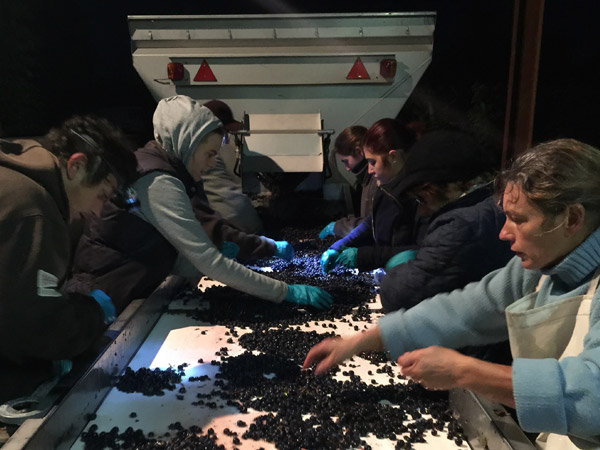
We would do the same if we owned such prestigious vineyards and sold our wine to the trade (while it’s still in barrel) for €40-100 a bottle. As this is unlikely, we use a machine in the vineyard with a clever de-stemmer, swiftly sort the grapes as they come in, and put them in the tank, cold. It’s one way of doing something similar on the cheap, using a natural chilling system - provided you have a team that's prepared to get up very early.
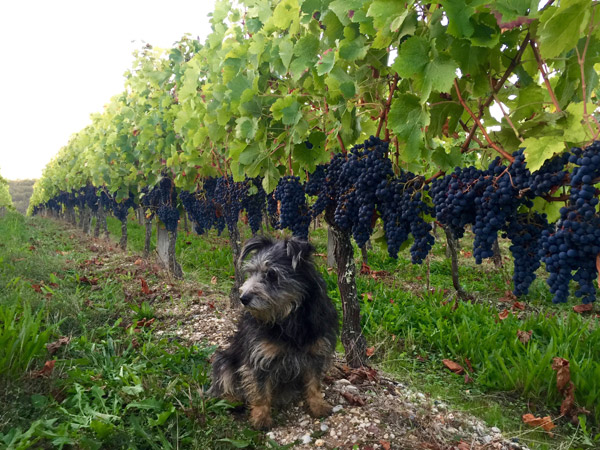
If there's any rot in the bunches, they have to be cut off the vines a day or two before the machine is used, and it's not nearly as neat. But with harvests like 2015 and 2016, when there’s no rot, it's a tidy option.
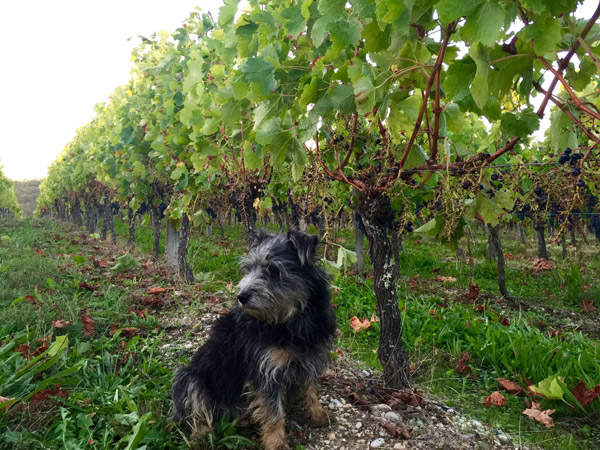
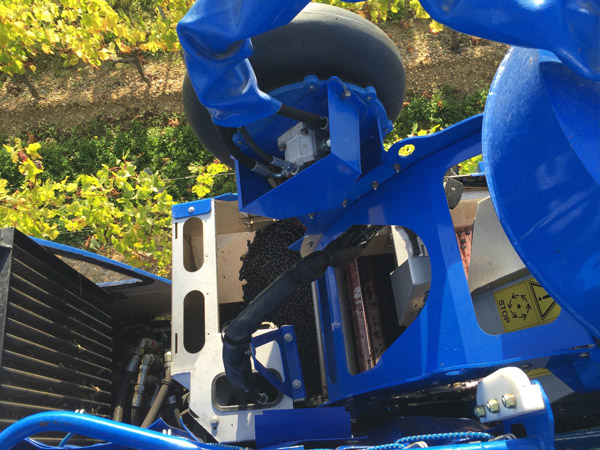
With the advances in the technology on the latest machines, we’ll be hiring one with an onboard sorting system as well as a de-stemmer next year, all being well. There's nothing like riding on top of machines in other vineyards to see if these new grapes sorters really work.
Unless, of course, there's a dollop of rot, in which case we’ll stick to the romance of hand picking.
All the best
Gavin & Angela

